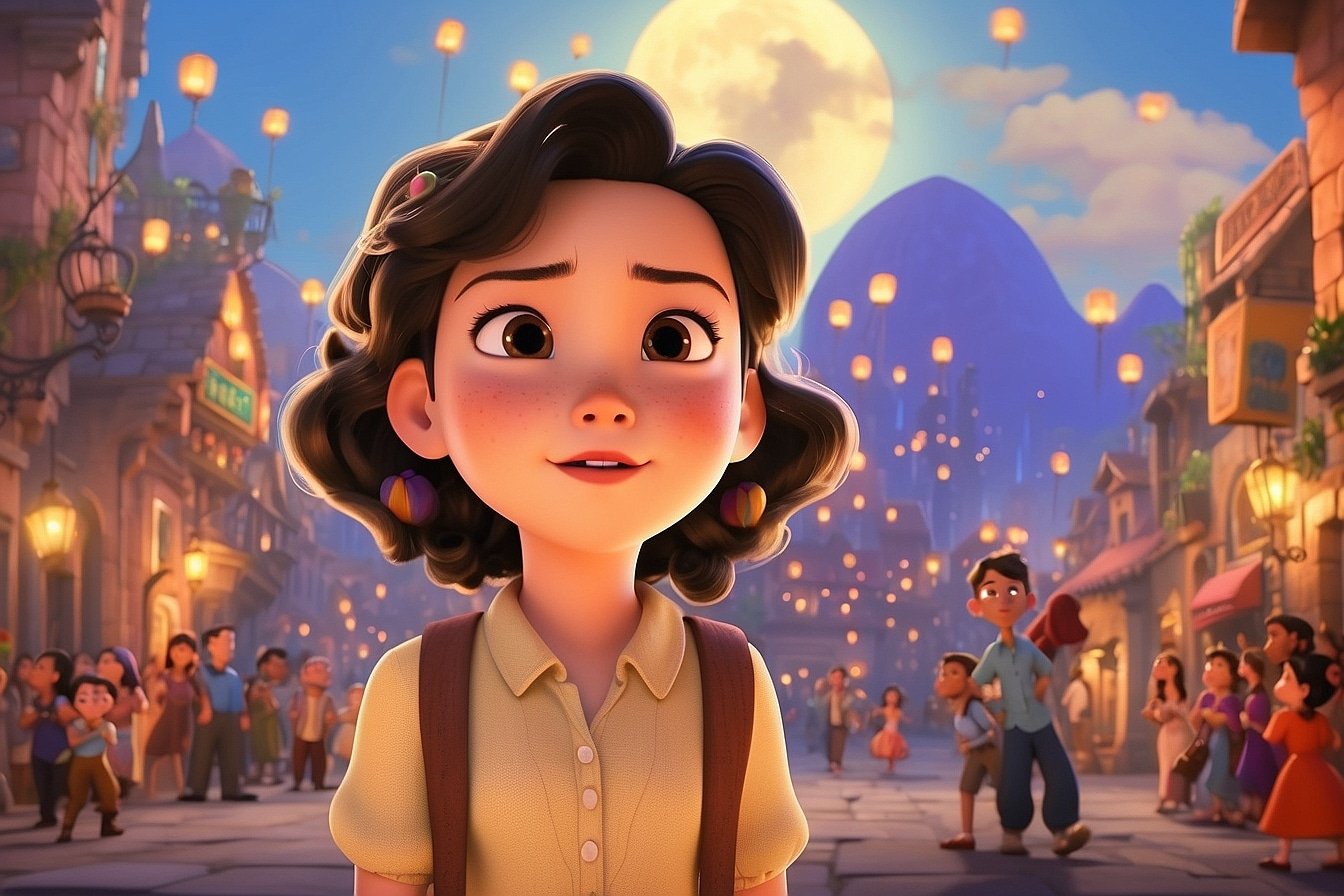Cultural influence on cartoon storylines plays a major role in shaping how cartoons are created. Every culture has unique traditions, values, and ways of thinking, which influence the characters and the stories that unfold in animated shows. These cartoons often reflect the society that created them, offering a glimpse into different cultural backgrounds. In this article, we will explore cultural influence on cartoon storylines, how it impacts plot development, and how it connects audiences to characters and themes.

Cartoons Reflecting Cultural Values
One of the most significant ways that cultural influence on cartoon storylines can be seen is through the portrayal of values and beliefs. Cartoons made in different countries often reflect the ideals that are important to those societies. For example, cartoons from Japan, such as Naruto or Dragon Ball, often emphasize themes of perseverance, honor, and friendship, reflecting Japan’s cultural respect for determination and loyalty.
On the other hand, cartoons from Western cultures, like The Simpsons or SpongeBob SquarePants, often focus on humor, individuality, and family dynamics. These shows give a more lighthearted view of life but still reflect important social values such as the importance of family and community.
As a result, cultural influence on cartoon storylines is not just seen in how characters act but also in the values that are emphasized. These cartoons teach viewers about the importance of the cultural concepts held dear in their respective societies.
How Traditions Shape Characters and Settings
Another way cultural influence on cartoon storylines is evident is in the characters and settings that are created. Cartoons often feature characters that represent the society they come from. For example, characters in American cartoons might reflect popular American ideals, such as freedom, individualism, or democracy, while Japanese anime characters might reflect traits like respect, self-discipline, and humility.
Additionally, the settings of cartoons also showcase the culture they represent. For example, in the cartoon Avatar: The Last Airbender, the world is divided into nations based on different elements—water, earth, fire, and air. This setting draws on various cultural influences, including Eastern philosophies and elements from different Asian cultures, such as Chinese martial arts and Buddhist teachings.
In this way, cultural influence on cartoon storylines plays a big role in shaping the world in which the characters live. It helps audiences connect with the story by providing familiar cultural elements and settings.
Addressing Social Issues Through Cartoons
Cartoons often use cultural influence on cartoon storylines to address important social issues. For example, many cartoons discuss topics like environmentalism, equality, or respect for diversity. Cartoons like Captain Planet addressed environmental issues in a way that was engaging and educational for younger viewers, while shows like The Boondocks use humor and satire to discuss racial and social issues.
These cartoons reflect the social and political climates of the time and place where they were created. By addressing these issues, cartoons offer insights into the culture’s views on important topics. The ability of cartoons to deal with serious matters through humor or animation is another way cultural influence on cartoon storylines shows itself. They make difficult topics easier to discuss and understand.
The Global Impact of Cartoons
As cartoons become more popular worldwide, cultural influence on cartoon storylines has evolved. Today, many cartoons are created for international audiences. As a result, creators often blend different cultural elements to appeal to a broader group of viewers. For example, the animated series Steven Universe combines Western and Eastern influences, incorporating themes of diversity, love, and acceptance that are important to many different cultures.
Global access to cartoons through streaming services has also contributed to the spread of cultural influences. Shows like Pokémon and Dragon Ball Z have achieved worldwide success, introducing viewers to Japanese culture. Similarly, Western cartoons like Adventure Time and Gravity Falls have gained international popularity, spreading elements of Western culture to audiences across the globe.
In this way, cultural influence on cartoon storylines is not only important for local audiences but also plays a role in creating a shared global culture. Cartoons act as a bridge that connects people from different backgrounds by offering universal themes alongside cultural details.
Cultural Sensitivity and Representation in Cartoons
Another aspect of cultural influence on cartoon storylines is the growing awareness of cultural sensitivity and representation. In recent years, there has been more attention to how different cultures are portrayed in cartoons. Shows are increasingly reflecting a more diverse range of characters and stories. For example, cartoons like The Proud Family and Carmen Sandiego feature characters from different cultural backgrounds, offering positive and respectful representations of people from diverse cultures.
This shift shows how cultural influence on cartoon storylines can evolve over time. It’s no longer just about showcasing specific cultural elements but also about being mindful of how they are represented. This positive trend helps ensure that cartoons reflect the world’s rich diversity and provide more inclusive content for viewers of all backgrounds.
Conclusion
In conclusion, cultural influence on cartoon storylines has played a crucial role in the development of animation. Cartoons serve as mirrors of the cultures from which they come, offering insights into the values, traditions, and social issues of various societies. As cartoons continue to evolve, they not only reflect but also shape global culture, bringing diverse perspectives into homes around the world. Through their ability to address important issues and tell engaging stories, cartoons continue to play a significant role in connecting people across cultures.











